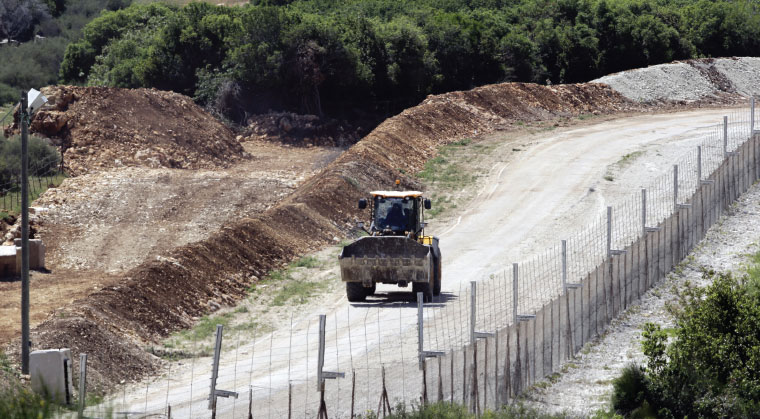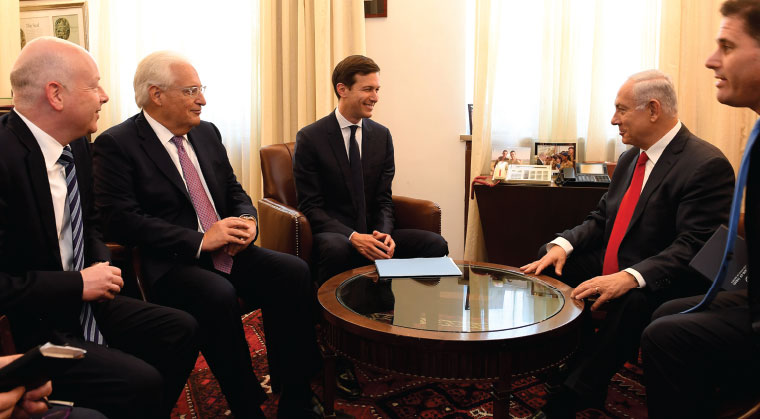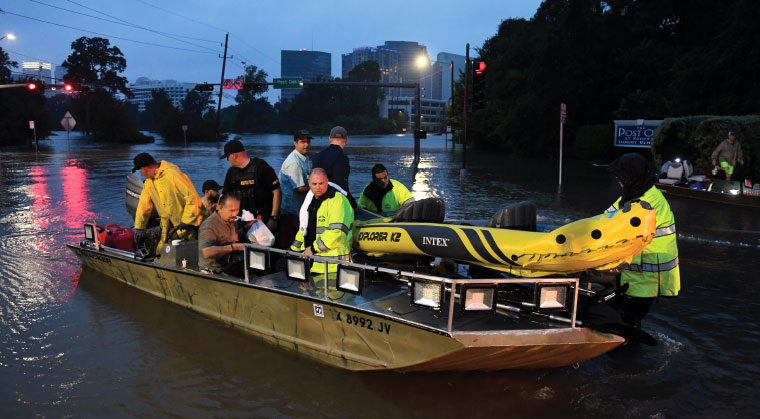Why a Fence?


DE-FENSE In the Middle East good fences often make better neighbors
"T his is the ‘silly season’ for the media” a senior military officer quipped this week in the north.
Normally that term applies to a summertime slowdown of breaking news when media outlets are forced to spice up headlines to generate readership.
Of course in these days of fake news every day has become silly season. But in Israel when it comes to security nothing is taken lightly.
In this case the senior military officer’s quip related to the headlines linking the start of work on the northern border fence between Israel and Lebanon to rumored threats of war from the Hezbollah terror group.
Building the fence is the real news and beating the war drums is the fake news the military official said.
Hezbollah forces in southern Lebanon are too weak and spread thin to start up with Israel he said. Their elite fighters are bogged down in Syria’s civil war a conflict in which one-third of Hezbollah’s armed forces have been killed or injured. Hezbollah doesn’t even have the funds to pay benefits to war widows and veterans especially since Iran has made sharp cuts in funding to the terror group.
So why is Israel building a fence? “We’re building the fence for the security of the residents ” the officer replied. “The plan was finalized a year and a half ago. Everyone knew that the construction would begin after the winter.”
Israel’s security officials have long feared that Hezbollah would mount a cross-border raid to seize one of Israel’s villages in the next war. Jewish residents along the border have complained that they hear sounds of heavy machinery working underground and fear that Hezbollah is constructing tunnels. The IDF has denied that tunnel construction is underway but after the bitter experience with Hamas the residents aren’t convinced.
To counter the Hezbollah threat Israel has built elevation ramps along sections of the border highway to make it harder for military vehicles and infantry to enter Israeli territory. Cameras and other electronic monitoring devices are also being installed that will alert security forces of any breaches or digging along the fence.
Only two segments remain exposed and that’s where the new fence comes into play.
One is near Rosh Hanikra famous for its steep white limestone cliffs that jut into the Mediterranean Sea. The second is in the Kiryat Shmona area north of Tzfas. The fence in both places is reinforced with pillars making it difficult to topple. In addition a wall will be built adjacent to towns and villages that are vulnerable to sniper fire or anti-tank rockets.
The fence which is more than 20 feet high and topped with barbed wire resembles the one the IDF Engineering Corps built to stanch the flow of African migrants and refugees along the Egyptian border. Hezbollah is monitoring the construction of the fence from its side of the border — and is involved in some construction of its own.
In the past year under cover of the environmental group Green Without Borders Hezbollah has set up 15 new lookout posts along the Israeli border. While the IDF closely monitors the towers for Hezbollah activity it has also formally filed a complaint with the United Nations accusing Hezbollah of violating UN Security Council Resolution 1701 which forbids the terror group from maintaining any military presence south of the Litani River.
Hezbollah has trashed the resolution in action and in spirit using friendly Shi’ite villages in southern Lebanon to deploy a vast network of command posts operations rooms and arms caches.
The United Nations Interim Force in Lebanon (UNIFIL) is supposed to act as an impartial arbiter monitoring violations but Israel accuses it of turning a blind eye to Hezbollah activity.
During her visit to Israel last month US Ambassador to the United Nations Nikki Haley conferred with Prime Minister Netanyahu about ways to make UNIFIL a more effective monitor. The two also reportedly discussed the introduction of a UN Security Council resolution that would call on Hezbollah to withdraw entirely from southern Lebanon.
In the meantime Israel is preparing for the possibility that Lebanon will turn to the UN to stymie the fence’s construction. The once-prosperous nation is now de facto controlled by Iran and its terror proxy Hezbollah and has already made claims that the fence does not precisely hug the Blue Line the international border approved by the UN after Israel’s withdrawal from Southern Lebanon in 2000. Israel says the fence does follow the Blue Line but the government is taking precautions against Hezbollah staging border demonstrations or even shooting at the engineers and construction teams erecting the fence.
In the end the IDF believes that Hezbollah will not use the fence construction as a spur to a major conflict. But even minor dustups can disrupt the summer vacation season when tourists and vacationing Israelis stream to the north to enjoy the breathtaking scenery — and hopefully the quiet. (Originally featured in Mishpacha Issue 667)
Oops! We could not locate your form.













